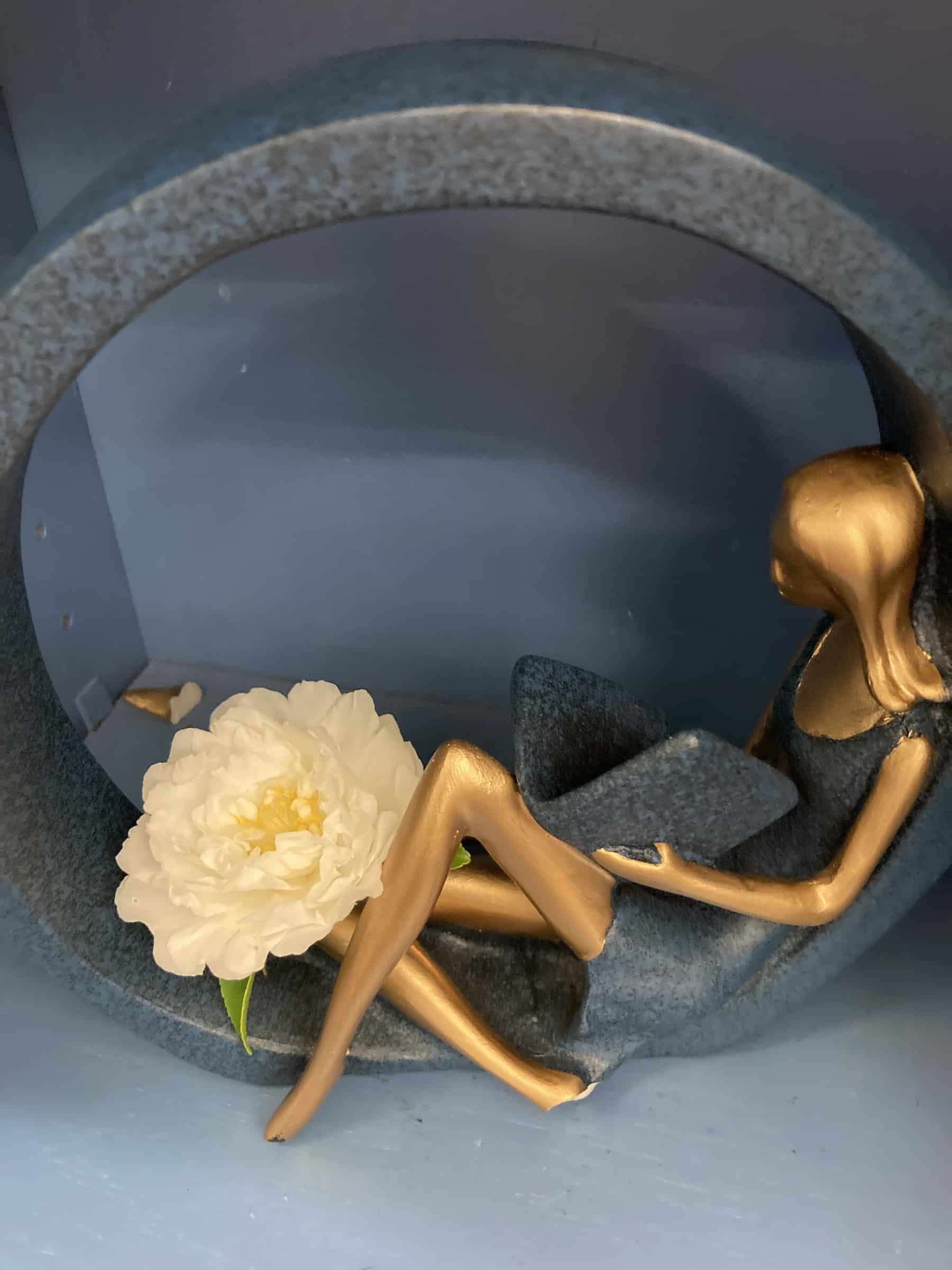
The South and America
South to America: A Journey Below the Mason-Dixon to Understand the Soul of a Nation
If anyone doubts the premise of Imani Perry’s book South to America: A Journey Below the Mason-Dixon to Understand the Soul of a Nation, all they have to do is look to the lawsuit poised to overturn Roe v. Wade. As Mississippi was the author of strategies to disenfranchise Black Americans in the post-Reconstruction South, so, too, it may be the author of the dismantling of America’s personal privacy rights. The point of Dr. Perry’s book is made: ignore the South’s shaping of America at your peril.

Dr. Perry defines her book with its opening image: A French quadrille danced at a ball in New Orleans to celebrate the purchase of Louisiana. The above link shows how “non-linear” the dance is. Immediately, on page xvi, Perry tells the reader her telling won’t be linear, either. That’s appropriate. A linear telling of history won’t work for the story of the South. Or, to her point, America. Linear will not let you “see how the back-then is inside the now.” She then proceeds to weave a complex telling that, like the dance, expects you to know what’s what and keep up.
I was lucky to hear Dr. Perry in conversation with Dr. Ebony Lumumba at Jackson State University, and received a copy of the book with my ticket. Of course, I immediately flipped through it to see if “my” South was included. It was. Memphis. New Orleans. Even a side jaunt into Jackson. In each, Dr. Perry observes and interrogates until she reaches stasis, then beings the dance again.
How the Word is Passed: A Reckoning with the History of Slavery across America
Similar to Perry, Clint Smith structures his book around visits to specific American sites. How the Word is Passed, however, focuses on sites related to American slavery, not all of them in the South. The book opens in New Orleans, Smith’s hometown. It proceeds to two sites I’m familiar with: Thomas Jefferson’s Monticello and Whitney Plantation. Y’all know about Monticello’s difficulties (its brutality that Perry in her book calls “human to human.”) Whitney Plantation tells about enslavement from the point of view of those held against their will. In all the sites, the stamp of slavery hovers just below the surface of these American places.

Smith’s exploration uses beautiful prose. The reviewer at NOLA.com called it his “poet’s voice,” and I paused over and over to simply savor his turn of phrase. Also Smith’s deft journalism. I particularly appreciated his admission that asking tough questions is hard even for him, a seasoned interviewer. His writing and delivery is so good that what he learns at each site attaches to you. I’ll never forget him riding that Angola bus.
I’m grateful for the success of this bestseller, and recommend it to anyone who believes the impact of slavery in America is in the past.
Growing Up Black in Rural Mississippi
This was one of those rare books that, finishing it, I was tempted to write the author and tell him how much I enjoyed his work. I can’t. He’s dead. So I’ll tell you: I adored Mr. Chalmers Archer, Jr.’s memoir.
Mr. Archer places his story between Crispus Attucks, a Black man who was the first death in the American Revolution, and himself. As a member of the Army’s Special Forces, Mr. Archer saved the life of the first American enlisted man injured in the Vietnam war. He went on to become a professor, but the setting of his telling is his young years in the Mississippi Delta during the 1930s up to the mid-’50s.

The structure of the memoir allows lyrical descriptions to mix with hard truths. A magical retelling of a nighttime wagon ride through the woods after a tornado segues to an acknowledgement of the “abysmal housing, the nation’s worst schools, and the pitiful health care during those times.” We care about the history reminders because we come to care about the people in the stories. (In a total aside, Mr. Archer’s description of his childhood food would make a best-selling cookbook.) In sum, Mr. Archer’s story continues to make Perry’s point: Southern history is American history. I would add, particularly Southern Black history.
If your local indie bookstore can’t order Mr. Archer’s book, you can find it here.
Perhaps within reading these books lies the path to show us, as Dr. Perry says, “that we must become different kinds of people in relation to one another, that we become the people suited to the society we want to create.”
Chalmers Archer Jr., Clint Smith, Growing Up Black in Rural Mississippi, How the Word is Passed: A Reckoning with the History of Slavery Across America, Imani Perry, South to America: A Journey Below the Mason-Dixon to Understand the Soul of a Nation, The South in America
Marie Bailey
I’m still reading South to America. Every time I pick it up, I have to remind myself that the book is more like a memoir than a compilation of historical facts. It’s been slow-going for me. Dr. Perry’s tone is conversational, and sometimes she catches me off-guard 😉 Still, I’m enjoying it.
Ellen Morris Prewitt
I’m so glad you’re reading it. Some of the reviews I read said that the tone wasn’t what they were expecting, and it put them off. So I”m glad you’re hanging in there. I look forward to hearing your final assessment.